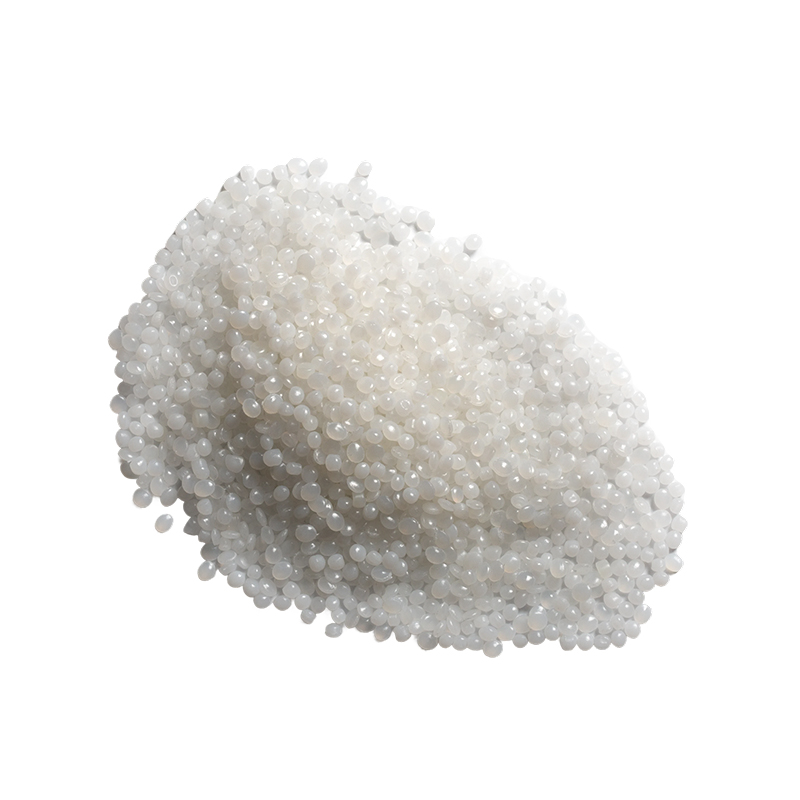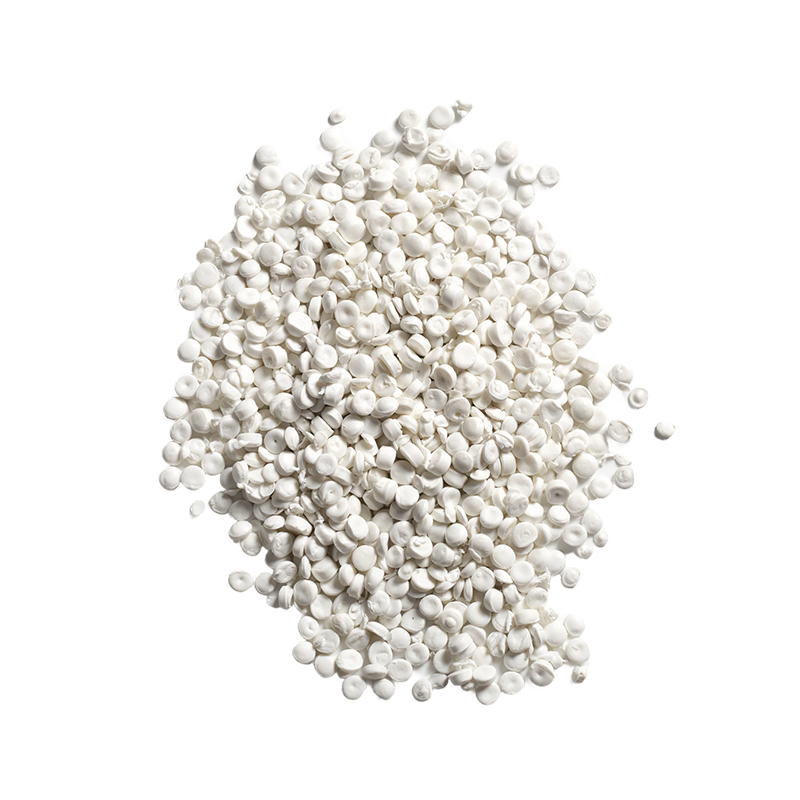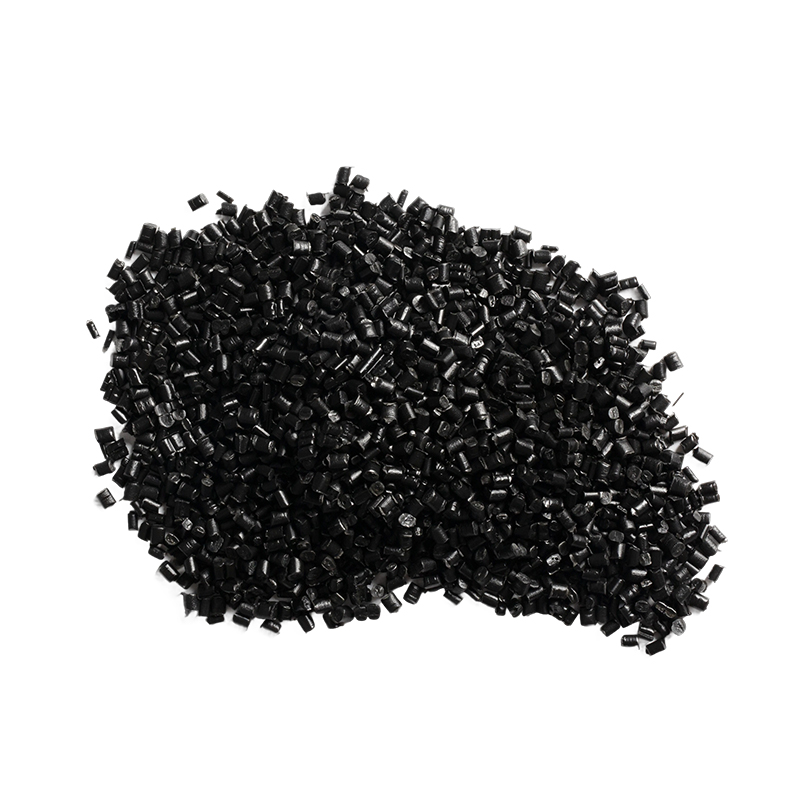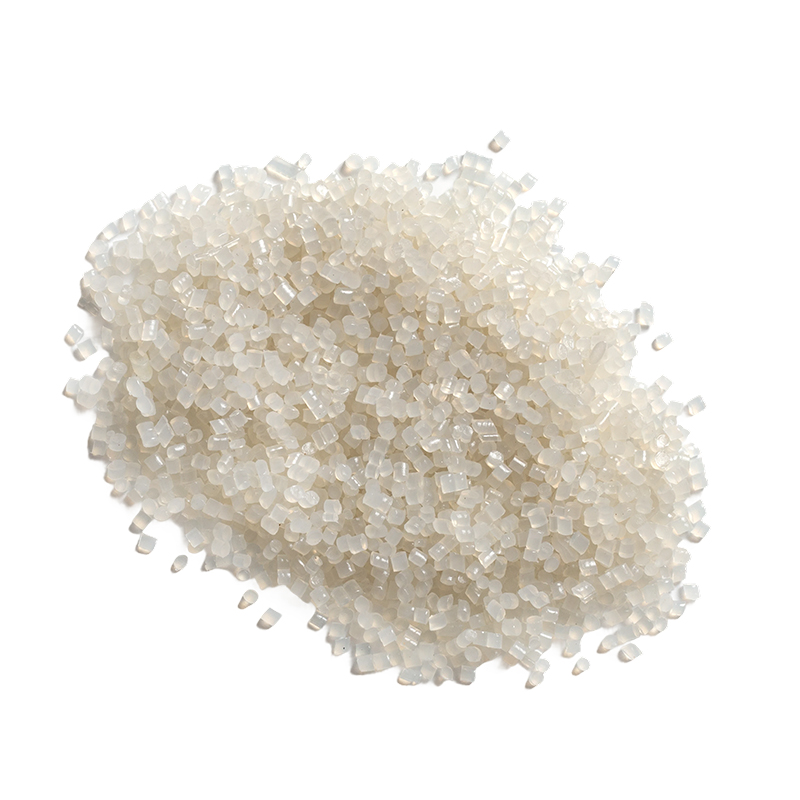Can cling film recycled pellets effectively reduce plastic pollution through resource recycling?
Release Time : 2025-08-11
Cling film recycled pellets contribute to reducing plastic pollution through resource recycling, primarily through the effective recycling of discarded plastic wrap. In daily life, a large amount of used plastic wrap is often discarded as ordinary trash. This non-biodegradable plastic waste accumulates in the environment over time, causing persistent pollution to soil, water sources, and ecosystems. Processing discarded plastic wrap into recycled pellets through sorting, cleaning, and melting processes transforms waste that would otherwise become pollutants into a reusable resource, reducing plastic waste generation at the source and alleviating waste disposal pressures.
The core of resource recycling lies in enabling materials to be used multiple times throughout their lifecycle, and cling film recycled pellets embody this concept. Traditionally, the production and disposal cycle of plastic wrap is short, resulting in a large amount of virgin plastic entering the environment after a brief period of use. This linear cycle of "production-use-disposal" leads to the continuous accumulation of pollution. The emergence of recycled pellets disrupts this linear model. By reintroducing discarded plastic wrap into the production process, they extend the lifecycle of plastic materials, enabling more efficient utilization of limited resources, reducing reliance on virgin plastic and indirectly alleviating the environmental burden of mining and processing virgin materials.
The production process of recycled cling film pellets is also environmentally friendly and contributes to pollution reduction. Compared to the production of virgin plastic pellets, the processing of recycled pellets generally does not require the consumption of large amounts of non-renewable resources such as petroleum, while also reducing energy consumption and CO2 emissions. Pollutants such as waste gas and wastewater generated in virgin plastic production can be effectively controlled through process optimization in recycled pellet production, reducing air and water pollution. This low-pollution production method significantly reduces the environmental impact of the entire plastics supply chain, contributing to pollution control at the production end.
In the application stage, secondary products created from recycled cling film pellets also contribute to pollution reduction. These recycled pellets can be used to produce a variety of plastic products, such as packaging materials and construction materials, replacing some virgin plastic products. When these secondary products reach the end of their useful life, if they can be re-entered into the recycling system, a closed loop of "recycling-regeneration-reuse" can be formed, further reducing the final amount of plastic waste discharged. This recycling model continuously reduces the potential for plastic pollution and fosters a positive environmental ecosystem.
The key to reducing plastic pollution lies not only in reducing the amount of plastic it produces, but also in reducing the environmental retention of non-degradable plastics. Promoting the use of cling film recycled pellets can raise public awareness of the importance of plastic recycling and promote the improvement of waste sorting and recycling systems. When more people participate in the sorting and recycling of used plastic film, recycling efficiency and the quality of the recycled pellets can be improved, forming a positive cycle of "universal participation - efficient recycling - high-quality recycling." This will lay the foundation for plastic pollution control at the societal level and maximize the effectiveness of resource recycling.
Cling film recycled pellets also play a positive role in reducing microplastic pollution. Untreated used plastic film gradually breaks down into tiny particles in the natural environment. These microplastics enter the ecosystem through soil and water, posing a potential threat to animal, plant, and human health. Recycling and converting recycled film pellets into recycled pellets prevents the natural degradation of discarded plastic wrap in the environment, producing microplastics and reducing the source of microplastics. Furthermore, if products made from recycled pellets are properly recycled after use and disposal, the risk of microplastic generation can also be reduced.
Cling film recycled pellets contribute to reducing plastic pollution by building a complete resource cycle, encompassing every stage from waste recovery and processing to secondary use. Not only does this directly reduce plastic waste emissions, but it also contributes to plastic pollution control from multiple perspectives by reducing reliance on virgin plastic, optimizing production processes, and promoting environmental awareness. This model, transforming a pollution problem into a resource advantage, provides a practical path to addressing the challenge of plastic pollution and demonstrates the significant value of the circular economy in environmental protection.







